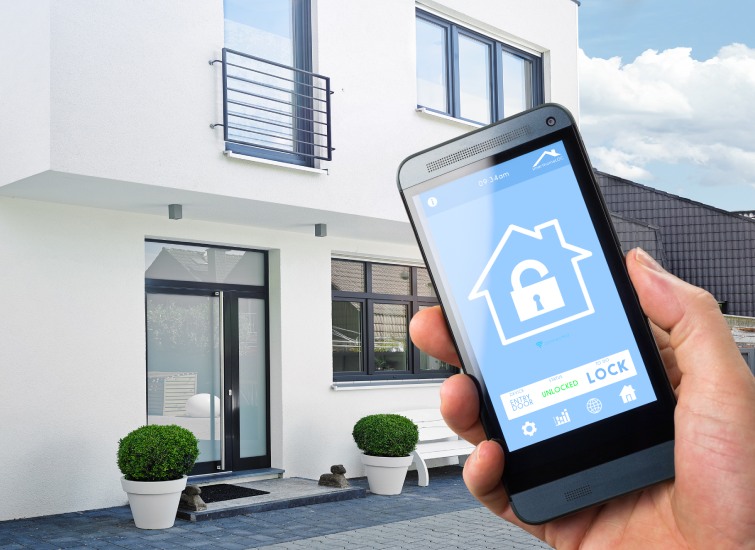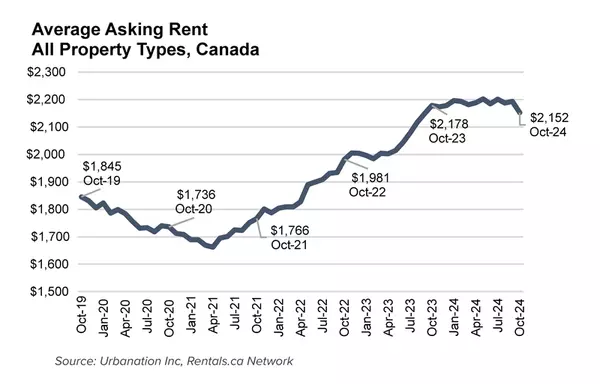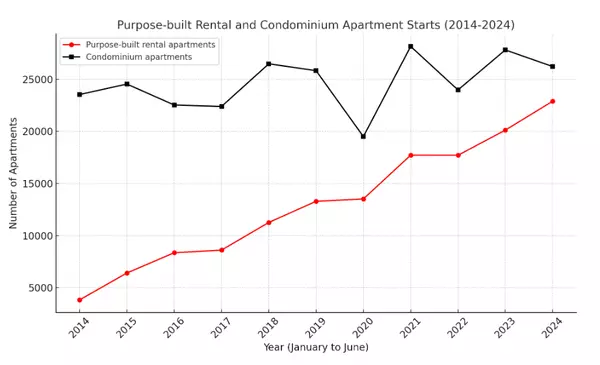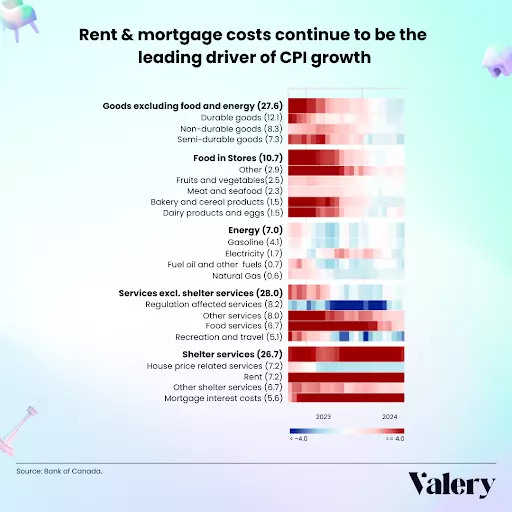Canada's Smart Home Revolution: Embracing the Future
Imagine your home not just as a shelter, but as an active participant in your quest for a sustainable lifestyle.
In Canada, the evolution of smart homes is not just about the latest gadgets; it’s about a profound shift towards energy efficiency and a greener future. With the nation’s goal to hit net-zero emissions by 2050, your living space is set to play a pivotal role.
As you seek comfort and convenience, the Canadian real estate market is responding with homes that are as smart as they are cozy. The integration of smart technology is redefining homes, turning them into hubs of efficiency and innovation, all while adding value to your investment. Let’s delve into how this transformation is unfolding across the country.
The Beginnings of Smart Homes in Canada
The First Smart Home Technologies
The advent of smart technology in homes dates back further than you might think. Before the buzzword ‘Internet of Things’ (IoT) became popular, early signs of smart technology were making their way into the market. In the late nineties, the first smart devices began to appear. These were crude by today’s standards but served as the vanguard for the smart revolution in home automation.

By the early 2000s, groundbreaking products started hitting the shelves, becoming increasingly affordable to the average consumer. At that point, these devices focused mainly on automation, simplifying tasks that were traditionally manual and time-consuming. The release of the first WiFi-enabled thermostat by Nest in 2010 was a significant milestone, showcasing the convenience and efficiency that interconnected devices could offer. Now, nearly everything in a home, from toasters to beds, could be managed through apps on phones, creating an ecosystem of smart living.
Adoption of Smart Home Features by Canadians
Your engagement with smart technology likely began with something as simple as a smart speaker or as intricate as a home security system. These innovations are not just about the allure of convenience; they also play a crucial role in energy efficiency and safety. Smart home statistics paint a vivid picture of Canadian households adopting these technologies. In 2019, 27% of Canadians owned at least one smart home device. Fast forward to 2021, and only 24% did not possess any smart technology, illustrating rapid growth in just two years.
The trend doesn’t stop there – 78% of Canadians surveyed indicated their interest in expanding their collection of smart devices within the year. These preferences underscore the increasing integration of smart home solutions into the Canadian lifestyle. The data is clear: there’s a strong affinity towards smart homes in Canada, driven by their ability to enhance everyday life through ease of use, energy savings, and improved home security.
Advancements in Smart Homes
Integration of Artificial Intelligence
Artificial Intelligence (AI) has become a cornerstone in the evolution of smart homes. You’re likely familiar with voice-activated virtual assistants like Amazon’s Alexa or Google Assistant, which now feature prominently in households. These AI-driven systems command an array of IoT devices, literally putting smart home control on the tip of your tongue. From altering thermostats to queuing up your favorite playlist, these handy assistants are redefining the concept of living smart.
IoT Devices and Increased Connectivity
The interplay between IoT devices has transformed homes into interconnected hubs, where control and automation are just a tap away. With smartphone apps and voice commands, you now wield the power to orchestrate your living space, from tweaking lighting moods to locking doors, all remotely. It’s a demonstration of how increased connectivity is meeting your thirst for convenience and efficiency.
Energy Efficiency and Sustainability
Among the most applauded advancements in smart homes is their potential to shape a sustainable future. Energy efficiency doesn’t just feature in discussions; it’s an actionable reality. Smart technologies allow you to optimize energy usage, diminishing the carbon footprint one device at a time. Given the urgency of environmental sustainability, these solutions are not just nice to have—they’re a long-term must.
Smart thermostats and lighting systems lead the charge, providing you with real-time feedback and automated adjustments that make energy-saving second nature. Not only do you cut down on power bills, but you also participate in a larger movement towards conserving the planet’s resources. This fusion of technology and eco-consciousness marks a pivotal step in home automation, aligning with global efforts to promote energy stewardship.
Challenges and Concerns
Privacy and Security Risks
As your home becomes increasingly intelligent, the data it processes does too. Smart devices collect a wealth of information, fostering concerns about who else could be listening in or taking control. In Canada, tales of hacked baby monitors and compromised security cameras serve as harrowing reminders of potential privacy violations.
Affordability and Accessibility
You might be enticed by the promise of a smart home until you glance at the price tag. Sophisticated systems often come with a premium cost, putting them out of reach for the average Canadian. Adding more advanced smart home features inevitably inflates the overall expense, making affordability a significant hurdle.
Technological Complexity and Skill Requirements
As homes evolve into hubs of interconnected devices, the complexity can be overwhelming. For some, the technological literacy needed to operate and maintain an ecosystem of diverse gadgets can be daunting. You must understand how to configure networks, troubleshoot issues, and stay ahead of the latest software updates – a tall order for those not tech-savvy.
The Future of Smart Homes in Canada
Smart Homes for Aging in Place
With demographic shifts leading to an aging population, Canadian homes must adapt to meet the needs of seniors who choose to live independently. Smart home technologies support aging in place by enhancing home safety and improving the quality of life for older adults. Innovations showcased at global tech events have made waves in the sector, from sensor technologies detecting changes in daily routines to advanced lighting systems that prevent falls.

Smart Grid Integration for Energy Management
Smart grid technology is set to transform how energy is distributed and managed in Canadian households. Real-time insights into energy consumption, gained through advanced metering, empower you to monitor and reduce your energy usage. This not only leads to cost savings but also helps Canada progress towards its net-zero emissions goal by 2050.
Conclusion
Smart homes in Canada are evolving rapidly, driven by AI and IoT advancements. While they promise enhanced safety, energy efficiency, and health management, they’re not without their challenges.
Addressing security, affordability, and technical complexities is crucial for their wider adoption. It’s clear that the future of smart homes hinges on building user trust and ensuring data protection. As technology progresses, you may soon find yourself living in a home that’s not only intelligent but also an integral part of a connected, sustainable society.
Categories
Recent Posts










GET MORE INFORMATION


